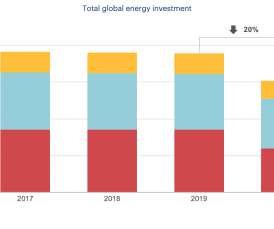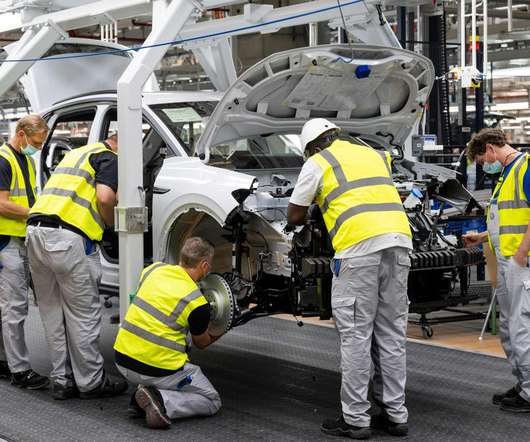EIA: US energy-related CO2 emissions down 1.7% in 2016; carbon intensity of economy down 3.1%; transportation emissions up
Green Car Congress
OCTOBER 6, 2017
US energy-related CO 2 emissions decreased by 89 million metric tons (MMmt), from 5,259 MMmt in 2015 to 5,170 MMmt in 2016. These contributing factors included a decline in the carbon intensity of the energy supply (CO 2 /British thermal units [Btu]) of 1.7% decline in energy intensity of the economy (Btu/GDP). along with a 1.4%
































Let's personalize your content